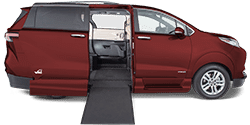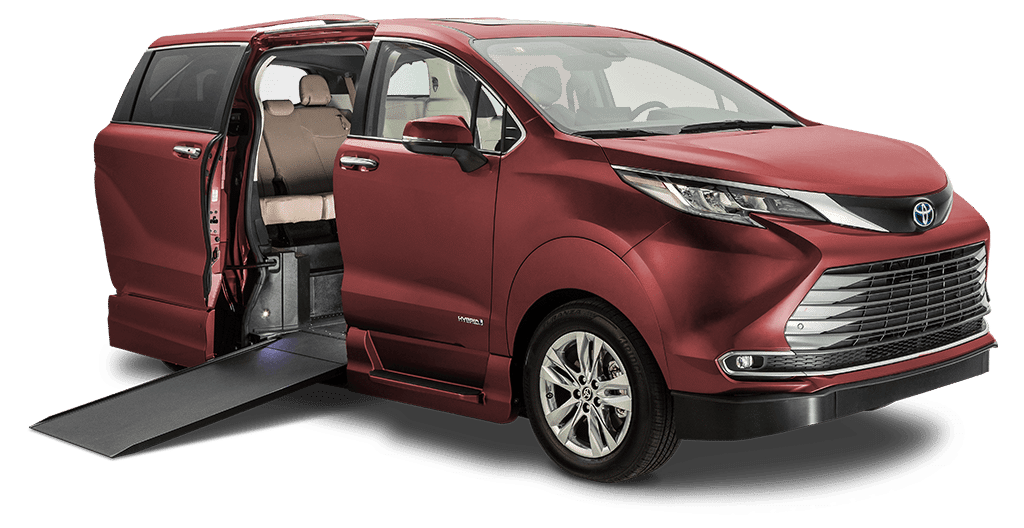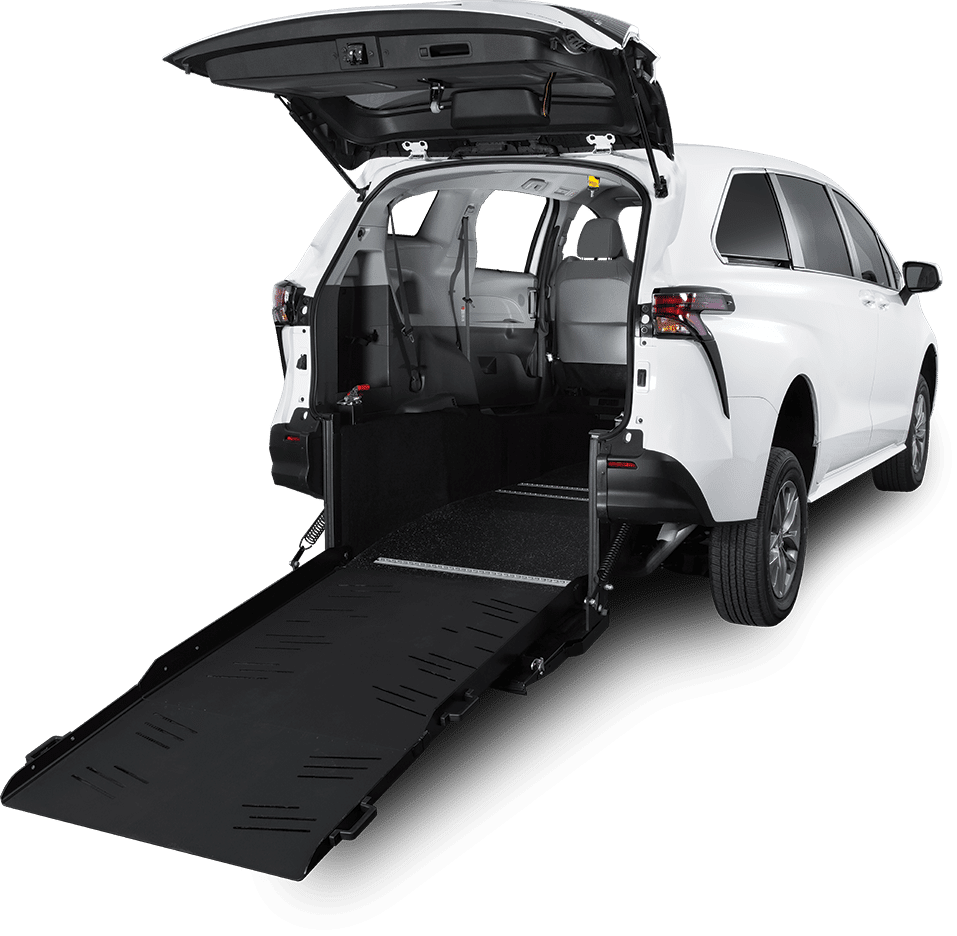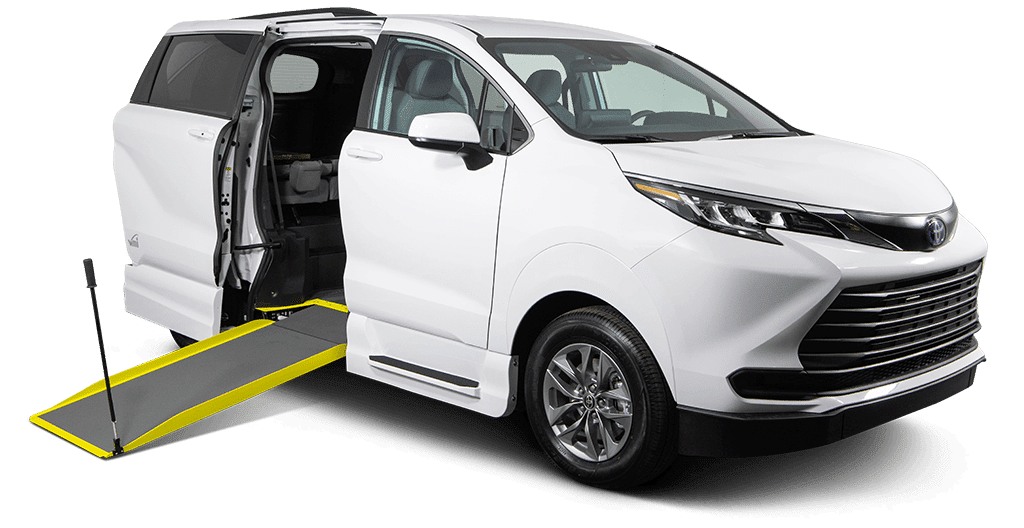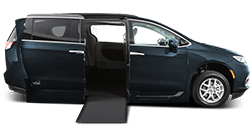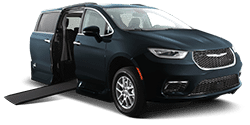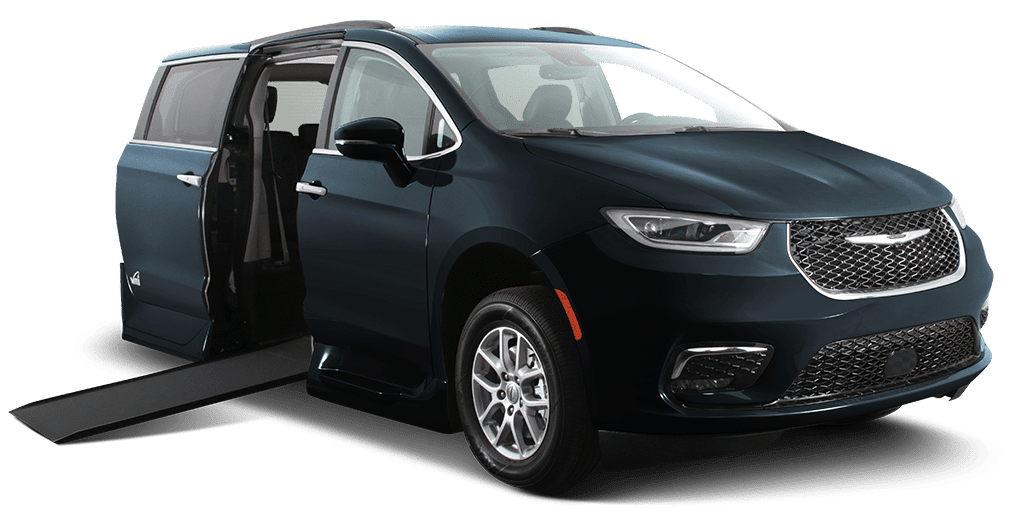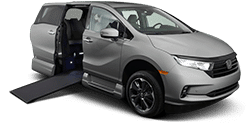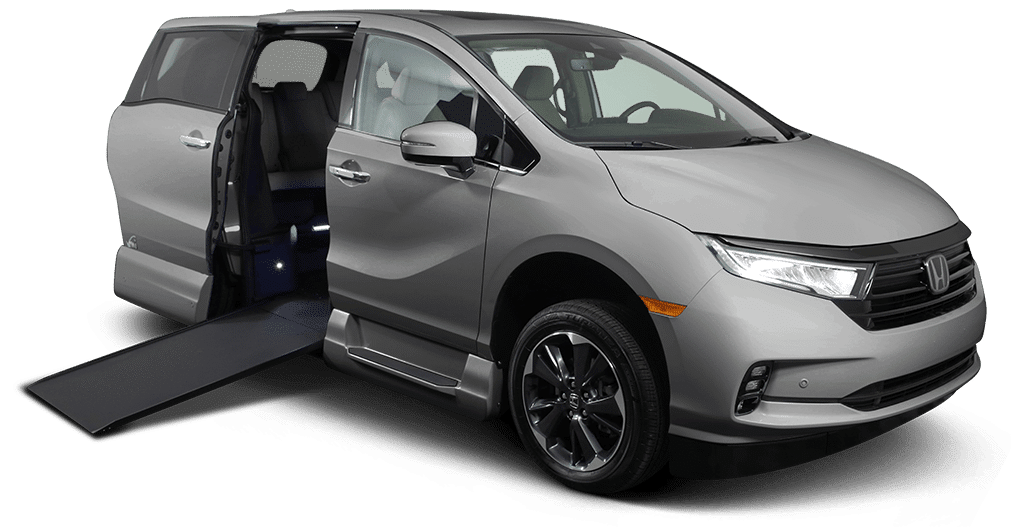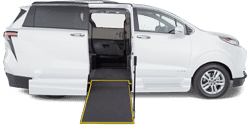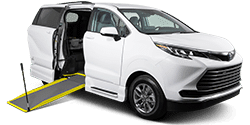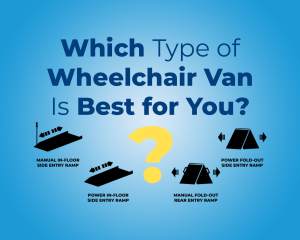Our day-to-day lives all have repetitious tasks and challenges. Thankfully, most of these are mundane; chores like cleaning the dishes, taking out the trash, personal hygiene and so forth. But for some wheelchair users, these mundane, but instrumental tasks of daily living are outright struggles that require time, patience and occasionally a little bit of help. Luckily, technology innovations continually progress, and alongside the advancements are a lot of unique assistive devices to give us that helping hand.
Slightly more than 6.8 million Americans with physical disabilities use assistive devices to help them become more independent and perform daily tasks they may have had trouble with before. A wheelchair van helps bring a newfound sense of freedom, but that’s only the tip of the iceberg when it comes to assistive devices.
The most transformative technologies are still being refined, such as self-driving cars and prosthetic limbs powered by mind control, there are plenty of available assistive technologies for people with disabilities that can make life a little easier.
Here are a few of our favorites.
Assistive Computer Gadgets
Using a computer may not be easy if you have limited use of your hands or arms, but there are plenty of gadgets and accessibility options that help. If you’re using a touch screen computer or tablet, a few different companies make computer mounts that attach to your wheelchair and allow you to handle the device at any height you’re comfortable with. Many apps themselves will have accessibility options that refine the user experience specifically for people with disabilities. You also have standard options like voice-to-text typing, digital readers, oversized mice and keyboards, and eye-tracking computer systems that control the computer with your eye movements.
Cleaning Robots
Trying to clean the house when you sit in a wheelchair or have limited mobility is a pain. Using a vacuum efficiently when you’re in the chair is difficult, and vacuuming under chairs, beds or couches is nearly impossible without a few fancy attachments. Hiring a cleaning service is always an option—albeit, an expensive one. While there aren’t gadgets available to perform every cleaning task, there are a few that can take care of the basic jobs, so you can spend your time doing what you enjoy most. The most popular cleaning technologies include:
Vacuum Robot: This is the classic home-cleaning robot option. Most models work quite well on carpets and swerve their little dirt-munching bodies under every available surface. Newer models from a few brands even have sensors that detect what area of the house the cleaning bot has visited, so it won’t get stuck cleaning just one area. Most modern models also let you set a cleaning schedule, and a few fancier options even let you program the robot to return to its dock after cleaning and stay there until its next scheduled session.
Floor Mopping Robot: These ferocious scrubbers are nearly identical in operation to the vacuum robot, but they have a water reservoir to scrub clean your hardwood, linoleum or tile floors.
Personal Emergency Response System
This assistive technology for people with disabilities is a must-have — no matter what your level of mobility. Whether you live alone or have a caregiver or family member who helps you, this can you’re your life in the event of an emergency. These devices often come as a wearable pendant, bracelet or pin that you can clip onto clothes. Pressing a small button can alert the best person if you’re seriously injured or have any sort of emergency.
Smart Home Assistants
At-home digital assistants like Google Home and Amazon’s Echo can make your significantly more wireless and decrease the amount of time you spend fidgeting with your phone or computer. For people who have limited use of their arms or hands, this technology is surprisingly useful. You can talk with the virtual assistants like a real person and for the most part, they’ll respond like a normal person. The assistants can do handle routine tasks like making a calendar appointment and telling you the weather, to more sophisticated tasks like playing a particular song, ordering a product online or making movie recommendations.
Stair Climbing Power Chairs
About half of wheelchair users must use steps to enter or exit their home or work, and roughly the same number of people report struggling to enter or leave the home. Unfortunately, not every property is as handicap accessible as it should be. Wheelchair ramps might not get you where you need to go, or elevators may be out of service. These challenges put wheelchair users at the mercy of their environment and often require help from others.
Technology has changed this significantly.
Several companies and academic organizations have created power chairs that can literally climb stairs. Take this prototype by a group of university students in Zurich, Switzerland, as an example. The designers have developed a chair that uses tank-like treads and a Segway balance system to climb stairs in reverse, all while keeping the wheelchair user level and safe. They estimate the cost will be roughly comparable to a normal power chair, and give users unparalleled mobility.
Smart Watches
When people have disabilities, often times they need to stick to certain schedules when it comes to things like medication or exercises. Smart watches can synchronize with your smartphone and keep track of these schedules to automatically let you know when it’s time to do something – wherever you are. Plus, because they sync up with your phone, you can screen calls, emails and messages without having to fumble through your pockets or wheelchair pouches when you get a phone call or text.

